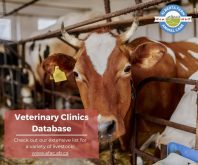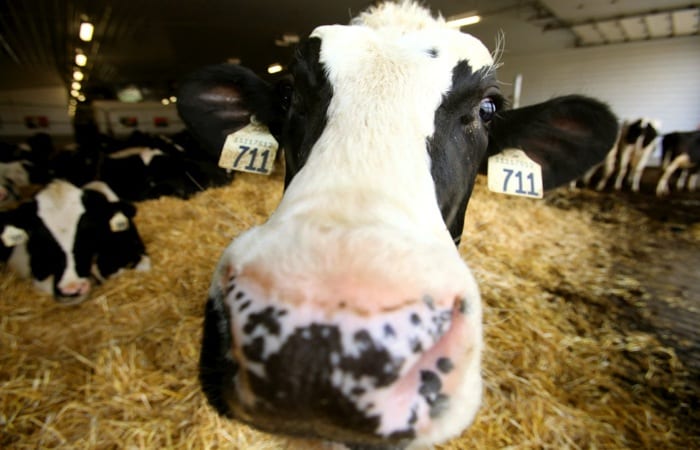The rabbit industry is moving more like the tortoise than the hare — but with good reason.
“Because rabbits are small, they lend themselves to surviving in unhygienic and unsatisfactory conditions for them,” Marion Popkin, a member of the Alberta Rabbit Producers Association, said at the recent Livestock Care conference hosted by Alberta Farm Animal Care.
“We don’t want people to start jumping in and raising them left, right and centre without understanding the welfare issues. When we look at how rabbits are being cared for, it’s absolutely essential that we meet their needs.”
Read Also

Horns aren’t unlocking anytime soon on livestock transport standards
Standards good enough meet the definition of “humane” animal transportation still vary widely between what what industry wants, what animal rights advocates want and, between the two, what federal regulators decide is good enough.
Popkin, who has been raising rabbits on her farm near Valleyview since 2008, is involved with the creation of a national code of practice for the care and handling of rabbits. The code would be the first of its kind in the world.
The rabbit meat industry is a growing market. When the Alberta Rabbit Producers Association was established in 2009, its members only sold 800 pounds of rabbit. But there’s been exponential growth since, and in 2012 some of the association members, including Popkin, established a processing facility in Valleyview. The Raw-Bitz facility slaughters rabbits for the pet food industry.
“It’s excellent pet food,” she said. “We don’t do much of it raw, but lots of holistic people are looking for fur on, which is profitable for the rabbit market because there is minimal processing.”
The rabbits processed for the pet food market are of excellent quality and could be sold for human consumption, but there is a severe lack of facilities able or willing to slaughter small animals.
“We have customers who want to sell and buy rabbit, but until we can get that slaughter facility sorted out, we’ve got a problem with access,” said Popkin. “Most of our butchers and slaughter facilities are quite willing to work with us, but they’ll only take us around the schedules for other animals. So if you’re in 4-H beef sale season, you can’t get a rabbit anywhere.”
Rabbits have some unique characteristics that affect their care and handling. Although used as a research stand-in for every other animal, but they have never been studied in their own right, and so the best standards for rabbit care are not known. The animals have a unique gastrointestinal tract and regurgitate their feces numerous times, eating them the way a cow chews its cud. This makes it impossible for veterinarians to predict drug withdrawal times.
Rabbits have earned their fecund reputation and are extremely fertile. Each doe can have seven litters a year. The animals have two uteruses, and can have pregnancies beginning at different times in each uterus.
“We aim for nine baby rabbits a year, and can foster rabbits from one doe to another,” said Popkin. “One doe can have nine marketable babies, which are worth $20 at market at 16 weeks. That’s what our average industry goal is, and that’s what we can do.”
Rabbits have production cycles similar to poultry. Proper wiring is important for the cages, as improper wires can cause animals to develop welts on their feet. But keeping the animals in small cages is much cleaner, reduces fighting, and makes production easier.
“It’s way easier on us ergonomically to look after them and they don’t pick up diseases as easily because they’re off the floor,” said Popkin.
Another challenge for the industry is developing a consistently sized product to meet the needs of customers, she added.
















